In February 2006, 6 months pregnant, I left Palmerston North NZ for Canberra, Australia to pursue a PhD with Katherine Gibson (of JK Gibson-Graham). Thus began a journey of research and learning in Australia, China, Aotearoa NZ, through the birth of four children and homes in five different cities. And in February 2024, some 18 years later, I celebrate the monograph that emerged from all that work!
When I went into the project 18 years ago, I was really interested in how the processes of Westernisation and globalisation were playing out unevenly around the world. I was particularly interested in pockets of resistance to corporate globalisation. In my fieldwork in the far west of China in the province of Qinghai, I studied the relationship between the local nappy-free infant hygiene practice, space, place and cultures of health and wellbeing. During that time, I discovered a whole online community of westerners also trying to learn the nappy-free infant hygiene practice but without the support of their local environments or cultures. In both groups, there was a resistance to the use of disposable nappies, and the deliberate cultivation of embodied practices of hygiene that required less material (and plastic) stuff.
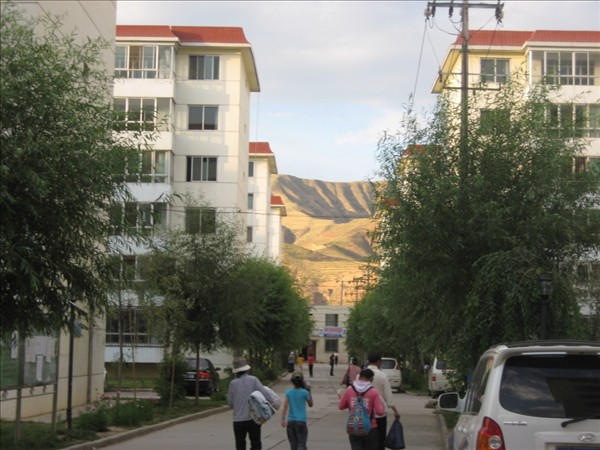
Hygiene is social, material and spatial
As a book project, Caring for Life: A postdevelopment politics of hygiene speaks more to our post-pandemic hygienes, as well as the broader question of how does social change happen. In the revisions made for the monograph, I significantly rewrote and retheorised most of the material to build an argument about hygiene assemblages.
Hygiene assemblages is a term referring to the social, material, cultural and spatial practices that come together to keep hygiene. In the Qinghai examples, these assemblages gathered around strong social and spatial practices — caregivers learned the specific signals for baby’s wee and poop, and held them out over appropriate places — wee against a tree, on the concrete, on the tiles, or over a drain. Poop over a newspaper, a basin, a toilet or a pile of ash from the fire (in rural areas). But they worked to keep hygiene nevertheless. In the Australian examples, caregivers were trying to learn these signals too, but with less historical and cultural knowledge to draw on. Their assemblages gathered around the material aspects of the practice: potties, bags, nappies, wipes, toilets, containers and more.
Of course, all hygiene assemblages have both social and material practices, and all have a spatiality and cultural component. What I was interested in was the possibilities of learning and assembling new hygiene practices and assemblages through cross-cultural learning. Could these practices from the far west of China influence hygiene assemblages in Aotearoa, Australia and other places in the West? In asking this, I developing thinking around hybrid research collectives to argue that the early adopters of ‘elimination communication’ (as the nappy-free hygiene practice was called) were researchers, experimenting and documenting their hygiene assemblages in ways that made it more possible for others to pick up the practice.
It has been interesting to work on the book over such a long period: things that were not normal 18 years ago have become normalised. During this time, elimination communication has become more mainsteam, as have other alternative hygiene practices such as using menstrual cups, reusable pads or period panties, and a whole range of modern cloth nappies. We have also had a global pandemic where the first response was not really medical, but social — in the form of social distancing and changing behaviours and habits before vaccines were produced.

What does Caring for life have to say about transition?
So what does the book tell us about transitioning to caring economies? Here’s three thoughts on that:
- Transition and social change is material, social and spatial. It’s not about individuals, although individuals and their behaviours matter. It’s about the broader assemblage of these materialities, socialities and spatialities.
- Passionate collectives of individuals experimenting with different material, social and spatial arrangements can spark and seed change. In the area of economic change, this means paying attention to what collectives of community groups are doing — degrowthers, community economy organisations, artist collectives, Indigenous economies, regional and local economies and more. It’s not that these experiments have to be scaled up ‘as is’, but that they produce important knowledge that can inform change.
- We can and should learn from places that are considered ‘less-developed’, ‘out of the way’ or ‘undeveloped’. For it is in these places where different diverse forms of cultural, social, material and spatial arrangements can be found that might be better adapted for transition.
If you are interested in taking a look at the book, see here.
I’m also available to give talks on the book this year, just get in touch!
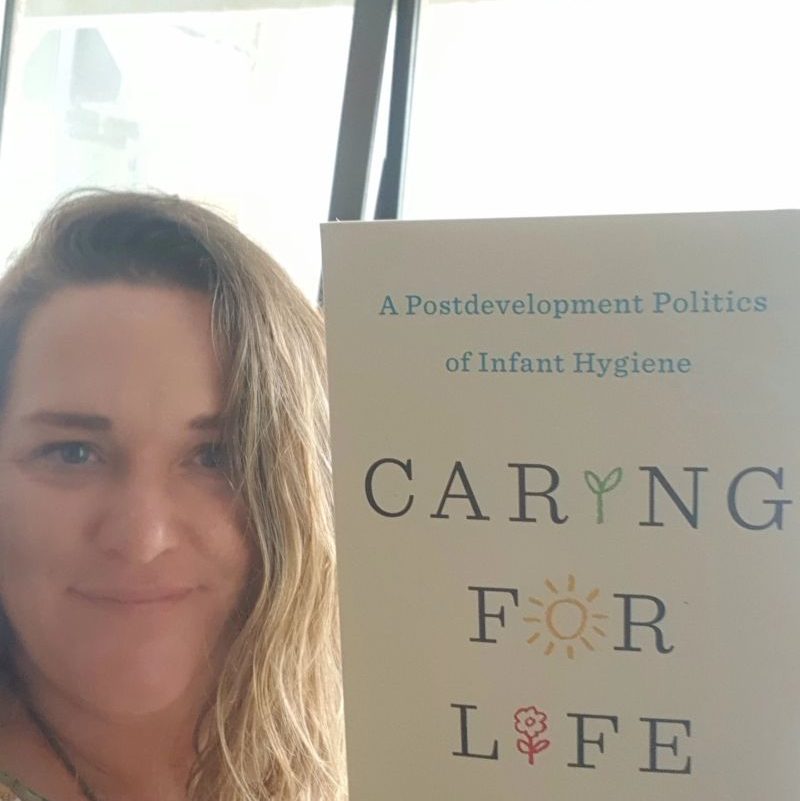
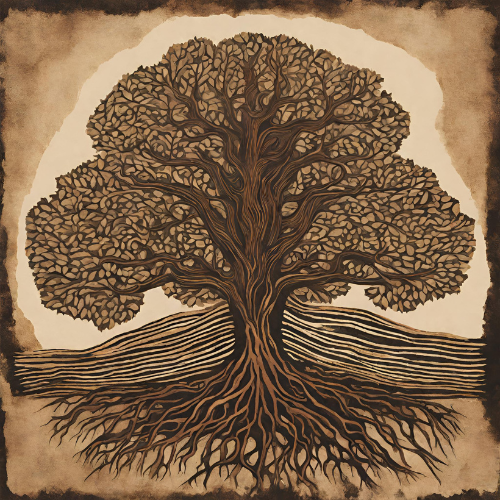
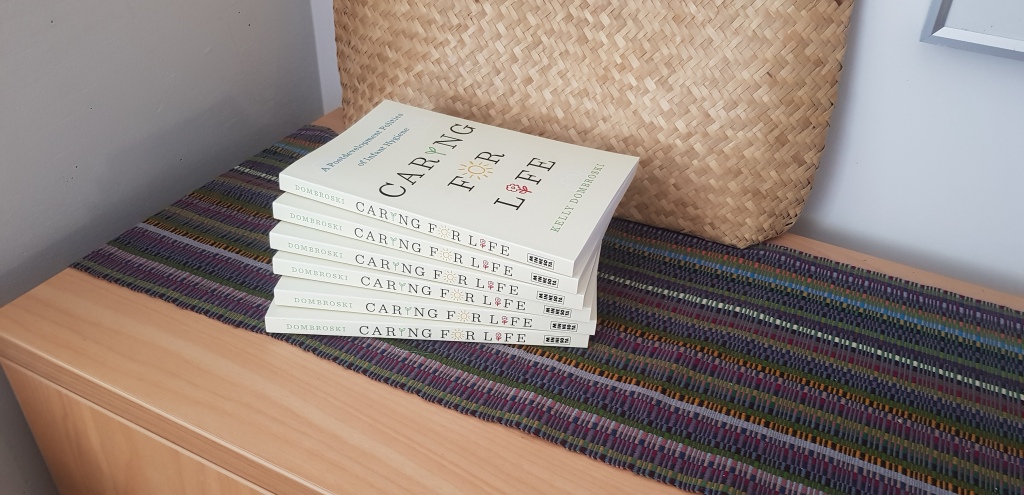
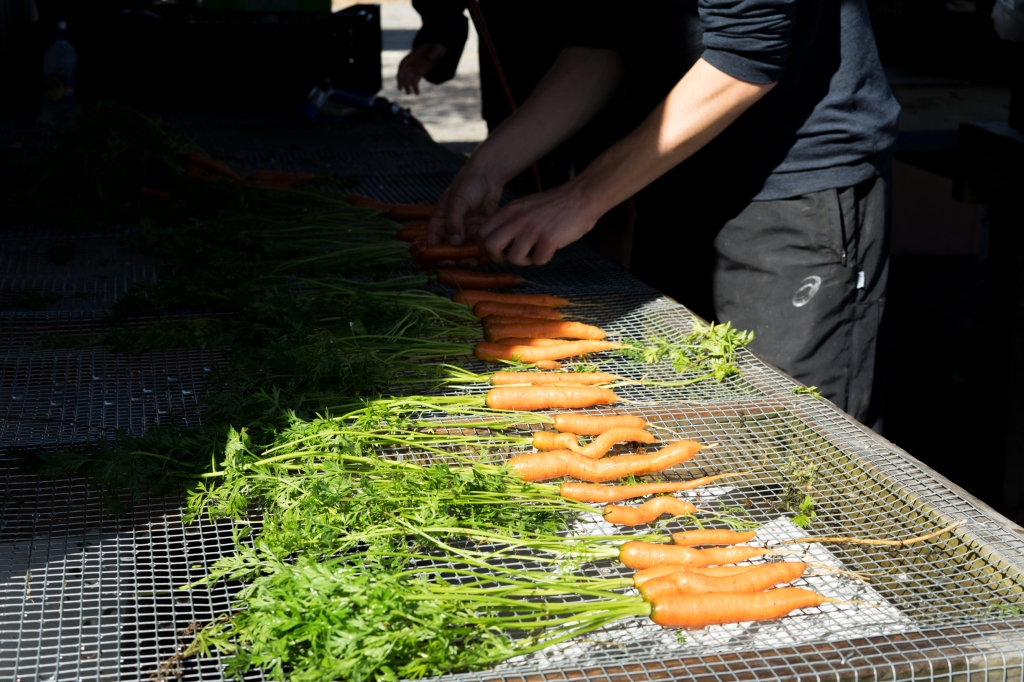


Leave a comment